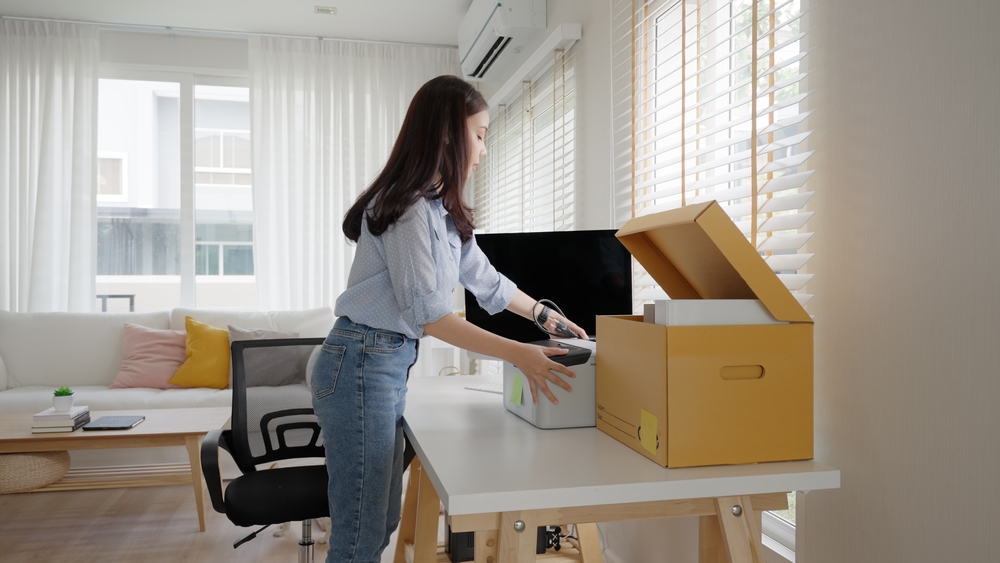In the current era, where remote work has become more prevalent, creating a home workspace that fosters productivity, well-being, and a clear distinction between professional and personal life is paramount. This guide provides essential strategies and practical tips to design a work-from-home environment that boosts your productivity and supports your overall wellness.
1. Designing Your Ergonomic Workspace
The Right Furniture:
Invest in ergonomically designed furniture. An adjustable chair that supports your back and a desk at the correct height can prevent strain and promote comfort. The top of your monitor should be at eye level to avoid neck strain, and your feet should rest flat on the floor or on a footrest.
Lighting:
Good lighting is crucial. Natural light is ideal, but if that's not possible, ensure your workspace is well-lit with soft, ambient lighting to reduce eye strain. Position your computer screen to avoid glare from windows or overhead lights.
Organize Your Space:
Keep your workspace clutter-free. Use organizers or drawers to keep essential items within reach but off your desk. A tidy space promotes a clear mind.

2. Effective Time Management
Set a Schedule:
Establish a routine that mimics a regular office schedule. Start and end your workday at fixed times. This helps maintain a work-life balance and sets clear boundaries for your professional commitments.
Breaks are Essential:
Incorporate short breaks into your schedule. The Pomodoro Technique, where you work for 25 minutes and take a 5-minute break, is a popular method. These breaks can reduce mental fatigue and boost productivity.
Prioritize Tasks:
Use tools like to-do lists or digital planners to prioritize your tasks. Tackling high-priority tasks first can improve your efficiency and give you a sense of accomplishment.

3. Incorporating Wellness Practices
Physical Activity:
Incorporate regular exercise into your routine. Whether it's a morning jog, yoga, or a midday stretch, physical activity can reduce stress and improve your mood and focus.
Mental Health:
Mindfulness or meditation practices can be beneficial. Even a few minutes of meditation can help clear your mind and reduce stress. Consider apps or online resources to guide you in these practices.
Ergonomic Breaks:
Introduce ergonomic exercises or stretches specifically designed for remote workers. These can alleviate the physical strain associated with prolonged sitting or computer use.

4. Creating a Distinction Between Work and Personal Life
Dedicated Workspace:
Designate a specific area in your home as your workspace. This physical separation helps in mentally distinguishing between work time and personal time.
Unplug After Hours:
Set clear boundaries for when you are "at work" and when you are not. Avoid checking work emails or messages outside of your work hours to maintain a clear boundary between your professional and personal life.
Personal Time is Key:
Ensure you allocate time for activities you enjoy outside of work. Engaging in hobbies, spending time with loved ones, or simply relaxing is vital for maintaining a balanced life.

Conclusion
Creating a balanced and healthy home workspace is crucial for remote workers. By establishing an ergonomic setup, managing your time effectively, incorporating wellness practices, and setting clear boundaries between work and personal life, you can enhance your productivity while ensuring your well-being. Remember, a well-designed workspace is not just about productivity; it's about creating a sustainable and enjoyable work environment that supports your overall quality of life.
Are you searching for the perfect home that offers a conducive space for your ideal home office? Look no further!
Connect with us today at Sales@montanalivingrealty.com, and let's find your dream home where productivity and wellness go hand in hand!


